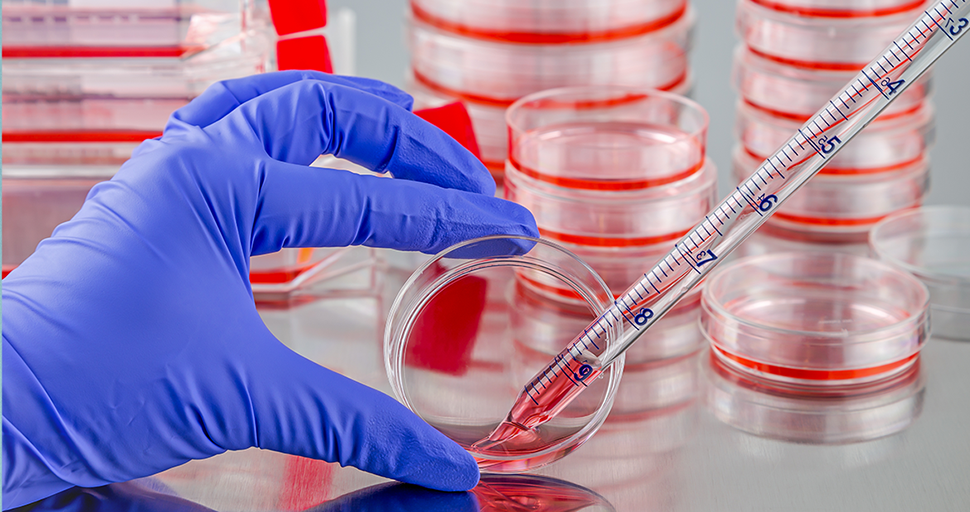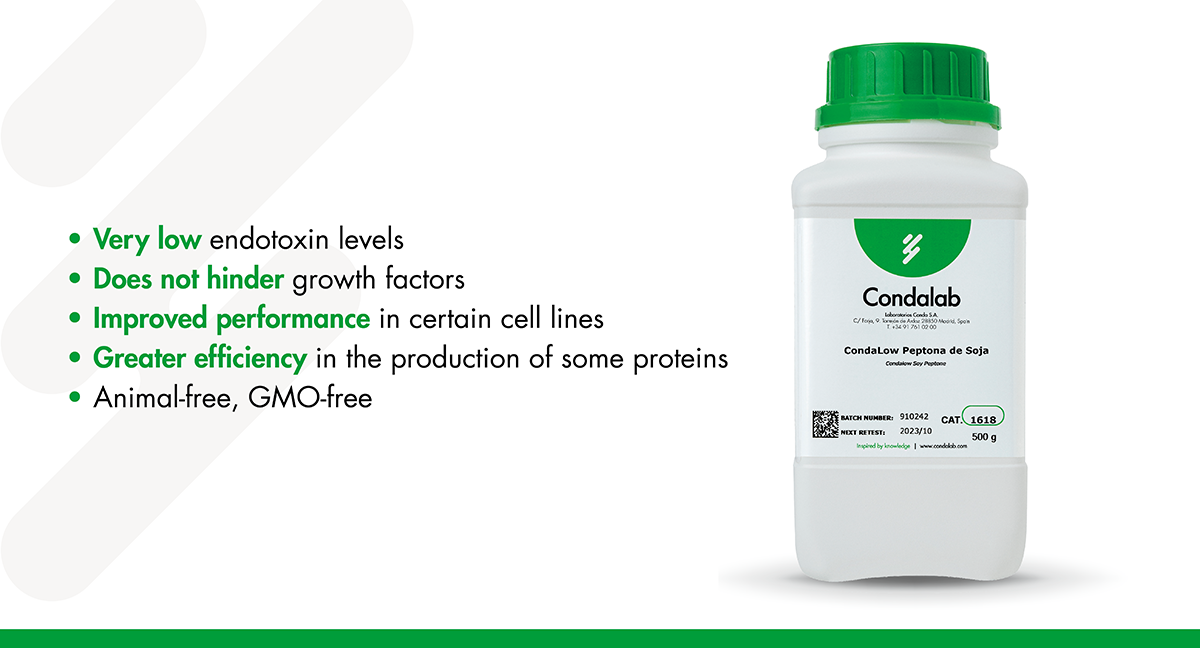Published: 26/11/20 09:26 Categories: Microbiology
Cell culture is a versatile technique that has a direct impact on our lives, such as in the production of vaccines, recombinant proteins, antibodies, hormones, and agents (biopharmaceuticals) for advanced therapies.
Just like in any other industry, control of contamination by biological agents in cell cultures is essential, since any interference can result in the loss of the entire culture and/or the product, as well as pose a risk for personnel and users.
What risks may threaten cell cultures?
The presence of endotoxins in cell cultures is one of the major problems the researchers and manufacturers of these products face. These molecules are lipopolysaccharide (LPS) complexes present in the outer membrane of most gram-negative bacteria. For Escherichia coli, this microorganism has about 2 million LPS molecules per cell.
Endotoxins can have multiple effects on cell cultures, whether in vitro or in vivo, which results in significant variability, especially in cell function and growth. Depending on the type of cell line, these molecules can induce cytokine production, alter protein production and cloning efficiency, to name a few consequences.

In addition, the presence of LPSs in injectable medications can cause mild responses in patients, from fever and chills, up to life-threatening septic shocks.
This is why preventing contamination by endotoxins has become essential to ensure the safety of these processes and products. Removing these endotoxins is very complicated and difficult, since processes that alter the product must be always avoided. Therefore, in case of contamination, it is best and even required to discard all reagents and the affected culture.
How can I reduce the risk of contamination in my processes?
Endotoxins found in cell cultures mainly come from the supplies used such as water (washing and process water), serums (FBS), culture media, additives, and both glass and plastic materials that have not been properly decontaminated.
In the case of plastic materials, processes such as a common autoclave sterilization at standard temperatures and times do not destroy these molecules, so a special procedure is required.
In order to offer solutions that help our users, we have incorporated in our catalog a new range of peptones, CondaLow, with endotoxin levels well below the recommended and market limits.
We have already developed our first product for this range, CondaLow Soy Peptone. So, what are the advantages of this special peptone?

 Food fraud: How do we detect it?
Food fraud: How do we detect it?
 Visit Us at MEDICA 2025 – Discover Our Precise Detection Solutions
Visit Us at MEDICA 2025 – Discover Our Precise Detection Solutions
 PCR: The Technique Revolutionizing Rapid Detection in the Food Industry
PCR: The Technique Revolutionizing Rapid Detection in the Food Industry
 How Culture Media Ensure the Safety, Efficacy, and Quality of Medicines
How Culture Media Ensure the Safety, Efficacy, and Quality of Medicines
 Meeting us at MEDLAB MIDDLE EAST 2025
Meeting us at MEDLAB MIDDLE EAST 2025
